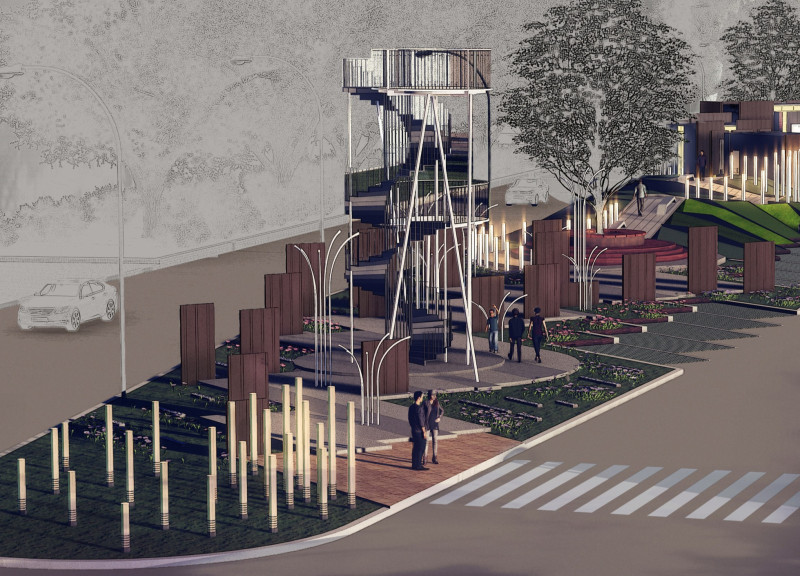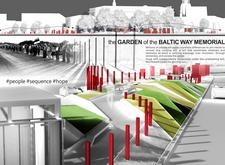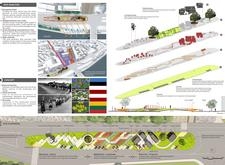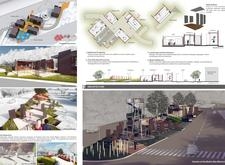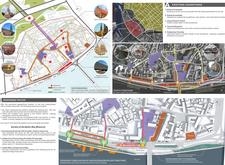5 key facts about this project
### Project Overview
The Garden of the Baltic Way Memorial is situated in Riga, Latvia, and commemorates the Baltic Way, a historic event in 1989 when approximately two million individuals formed a human chain across the three Baltic states. The design intent is to honor this significant moment while creating a multifunctional landscape that reflects themes of unity, hope, and national identity.
### Spatial Experience
The layout of the memorial is structured to guide visitors through distinct zones that represent various dimensions of the historical narrative. Each area is designed to foster a sequential experience, encouraging reflection and engagement as visitors navigate through the landscape. The integration of sculptural elements celebrates the diversity of participants in the Baltic Way, promoting a sense of collective resilience and civic unity.
### Material Selection
Careful consideration of materials enhances both the aesthetic and functional aspects of the memorial. Steel is employed for structural components, ensuring durability alongside a modern visual appeal. Concrete pathways facilitate movement, while glass elements in exhibition spaces create transparency, connecting the interior to the surrounding environment. Wood is utilized to foster warmth, and locally sourced plantings—such as cornflower from Estonia, rue from Lithuania, and oxeye from Latvia—are incorporated to enhance the connection to the landscape and its historical context.


